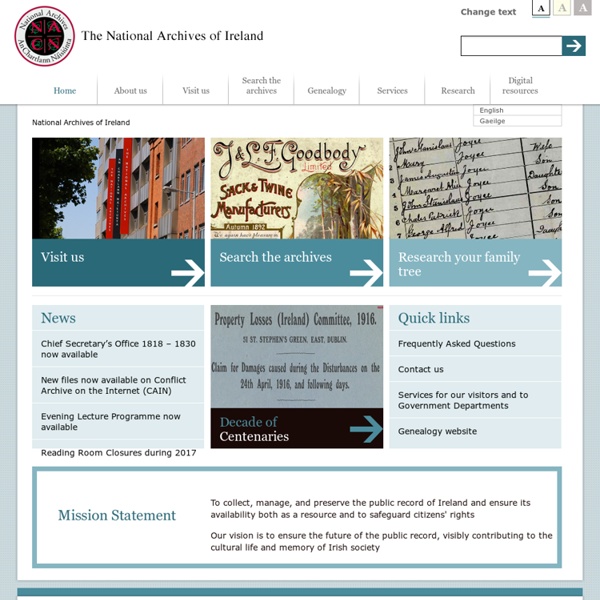



Parish Register For most family history researchers, parish registers provide the earliest direct source of family information. Unlike many other records, parish registers provide evidence of direct links between one generation and the next (via baptismal registers) and one family and another (via marriage registers). The NLI holds microfilm copies of the registers for most Roman Catholic parishes in Ireland (including the counties of Northern Ireland) up to 1880. These registers consist primarily of baptism and marriage records. The microfilms are available on self-service access in the Genealogy Microfilm Reading Room. Parishes are listed alphabetically by diocese along with the dates of the registers in each parish. Further information on Catholic parish registers is available in our information booklet Family History Research: Sources at the NLI Family History Research Sources at the NLI.pdf (0 MB, Adobe PDF).
Genealogy Scottish family birth records census ancestry Scotland uk - ScotlandsPeople WikiTree - Collaborative Family Tree Tools for genealogy research Most popular surnames of Great Britain mapped | News A team of geodata experts have created a map of the most popular surnames around the UK. As well as mapping the distribution of names from the electoral roll, Twitter account surnames have been included. The results show a marked difference between the two, with Twitter names diverging from national and regional stereotypes. Of electoral roll names, Smith dominates in England, Jones in Wales, and Scotland is dotted with Campbells and Robertsons. Who made this interactive?
Why Your Family Name Was Not Changed at Ellis Island (and One That Was) Between 1892 and 1954, over twelve million people entered the United States through the immigration inspection station at Ellis Island, a small island located in the upper bay off the New Jersey coast. There is a myth that persists in the field of genealogy, or more accurately, in family lore, that family names were changed there. They were not. Numerous blogs, essays, and books have proven this. Yet the myth persists; a story in a recent issue of The New Yorker suggests that it happened. This post will explore how and why names were not changed. The legend goes that officials at Ellis Island, unfamiliar with the many languages and nationalities of the people arriving at Ellis Island, would change the names of those immigrants that sounded foreign, or unusual. Nearly all [...] name change stories are false. …mostly ticket agents and pursers required no special identification from passengers and simply accepted the names the immigrants gave them. Friedman. The advice given in reply:
Promethease - SNPedia The easiest way to make a report is to visit promethease.com This takes about 10 minutes and costs $5. Video of how to make and read a Promethease report An example report based on either What is Promethease? Promethease is a literature retrieval system that builds a personal DNA report based on the scientific literature cited in SNPedia and a file of genotype (DNA) data. Read about the features of Promethease. Examples[edit] This one shows risks when taking medicines called statinsPaid runs include an interactive report We do not store your genome, so most users remain completely anonymous and private, however these people have shared their real promethease reports as useful examples Videos[edit] Notes[edit] Report problems and workarounds at Talk:Promethease or email bugs@promethease.com. If you'd like to test it, you can use this as test data. Promethease and your privacy How to get your raw data These file formats are understood Desktop Downloads[edit] Free runs take approximately 16 hours to run.
Filter your ancestry.com hints by database ID UPDATE: This functionality has returned!! Thank you ancestry.com! _________________________________ Do you have an excessively big ancestry.com tree? Each record database in the ancestry card catalogue has an identification number. You can find your tree number by clicking on "All Hints": Your family tree number is the number that shows up in your browser (circled in black): To find the record database ID number, go to the card catalogue: Roll your mouse over the record database your are looking for - in this example, the 1860 census record - then, without moving your mouse, look at the bottom of your browser window: 7667 would be your record database identification number. You can do this with every single record database in the catalogue: Since it's not easy to remember the links - I recommend using bookmarks - one for just the standard record database link (without the record number) - Happy genealogy hunting!